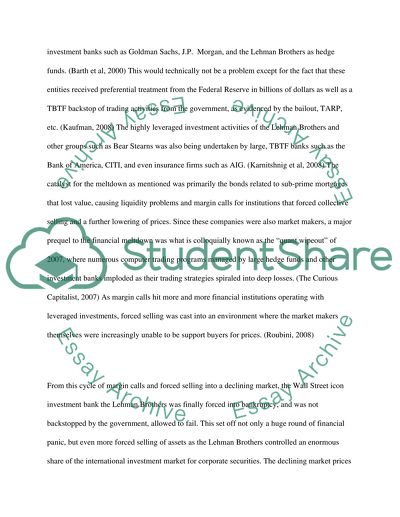Cite this document
(“Discuss and analyse the recent credit crunch within an international Essay”, n.d.)
Retrieved from https://studentshare.org/environmental-studies/1409949-discuss-and-analyse-the-recent-credit-crunch
Retrieved from https://studentshare.org/environmental-studies/1409949-discuss-and-analyse-the-recent-credit-crunch
(Discuss and Analyse the Recent Credit Crunch Within an International Essay)
https://studentshare.org/environmental-studies/1409949-discuss-and-analyse-the-recent-credit-crunch.
https://studentshare.org/environmental-studies/1409949-discuss-and-analyse-the-recent-credit-crunch.
“Discuss and Analyse the Recent Credit Crunch Within an International Essay”, n.d. https://studentshare.org/environmental-studies/1409949-discuss-and-analyse-the-recent-credit-crunch.


